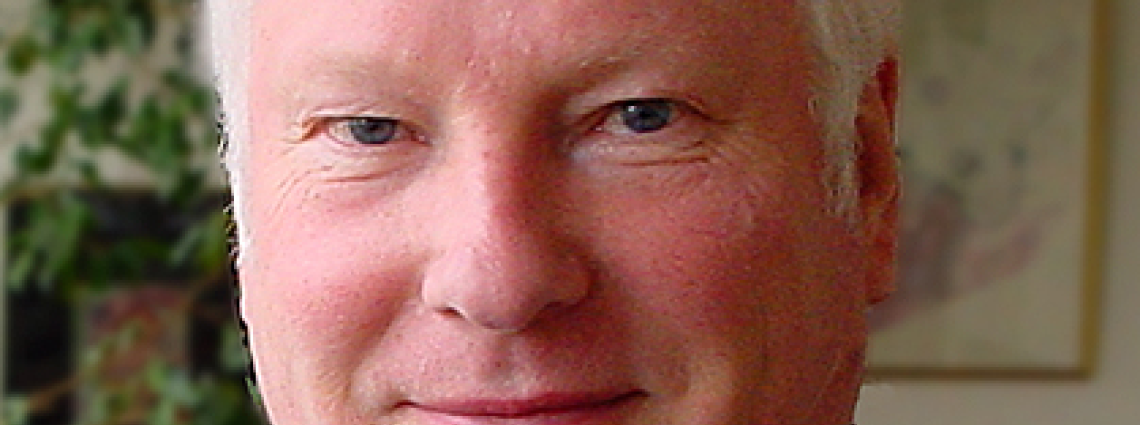Interview with GEM member Wolfgang Hoffmann on his recent visit to Pakistan and India
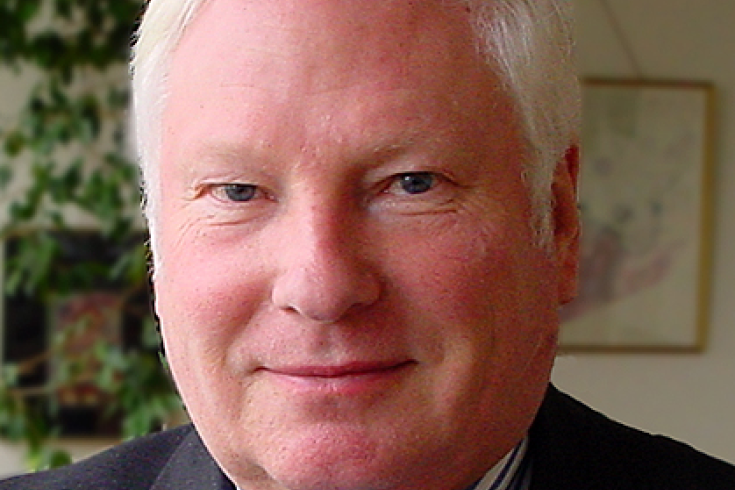
Former Executive Secretary Wolfgang Hoffmann
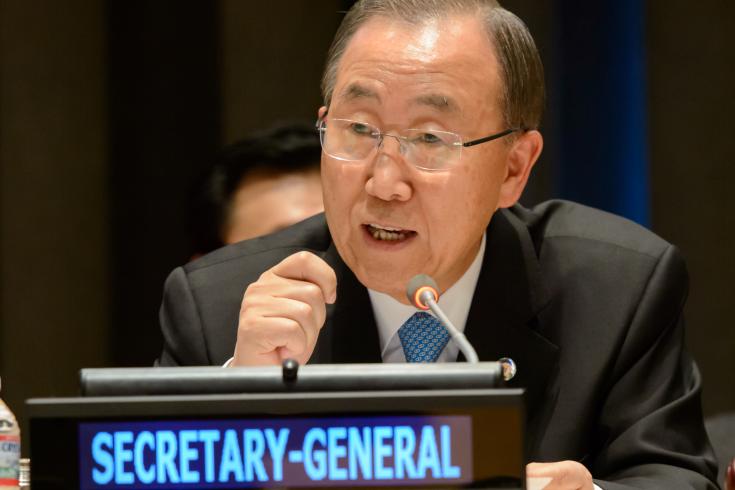
UN Secretary-General Ban Ki-moon opened the September 2014 CTBT Ministerial Meeting.
1. What is the role of the Group of Eminent Persons and why did you decide to visit India and Pakistan?
“The role of GEM is to convince the remaining States defined by Article XIV of the CTBT [the Treaty’s clause that defines 44 countries as nuclear technology holders whose formal adherence to the CTBT is precondition for entry into force] that have not yet signed and/or ratified the Treaty to do so. I had already gained experience with the two countries as a young diplomat when I was desk officer in the German Foreign Office for the subcontinent. This led me to choose to work on these two countries now.”

2. How were you received by the governments?
“I had in-depth discussions in a very friendly atmosphere with both governments, starting with preparatory talks with the ambassadors of Pakistan and India to the UN Vienna. In Pakistan, I was received by the Spokesperson of the Ministry of Foreign Affairs, Additional Secretary (UN & EC) Tasnim Aslam Khan and Khalid Banuri, Director General Arms Control & Disarmament Affairs, Strategic Plans Division. In India, I held talks with Nisha Singh, Joint Secretary in the Department of Atomic Energy and with Neelkamal Darbari at the National Disaster Management Authority. When I followed up with her after the visit, the Ambassador of Pakistan to Vienna, Ayesha Riyaz, expressed interest that I visit Islamabad again in 2015.”
Tasnim Aslam Khan, Additional Secretary (UN & EC) and Spokesperson, Ministry of Foreign Affairs of Pakistan. Image: Ministry of Foreign Affairs of Pakistan
3. How did your discussions with non-governmental organizations (NGO) go?
"In Pakistan, I met with Khalid Mahmood, Chairman, Board of Governors Institute of Strategic Studies, Ambassador Arif Ayub, President of the Institute of Regional Studies and Tughral Yamin, Associate Dean, National University of Sciences & Technology.
In India, I talked to two former ambassadors colleagues that had negotiated the CTBT with me in Geneva in the mid-1990s: Satish Chandra, Dean at the Centre for National Security & Strategic Studies, Vivekananda International Foundation and Arundhati Ghose. I also met with Air Marshal Vinod Patney, Director General at the Centre for Air Power Studies and his colleagues and gave a background briefing to the journalist Praful Bidwai who works at the Council for Social Development.
All these talks touched upon a wide range of political, technical and scientific issues in connection with the Treaty. I am confident that this helped them better understand what the CTBT is about, why it is a balanced Treaty by imposing exactly the same rights and obligations on all its Member States and where its security benefits lie.”

Click to learn more about the CTBT’s negotiations in the mid-1990 in Geneva.
4. Was there interest in the uses of CTBTO monitoring data for disaster warning and scientific research?
“The use of CTBTO monitoring data for disaster warning was naturally part of the discussions. Pakistan, which was more familiar with this issue due to its observer status at the CTBTO, showed interest in learning more about these possibilities. Some of the people I talked to had not been fully aware of the wide range of applications of CTBTO data, from tsunami to ash cloud warning to the study of climate change and pollution.”
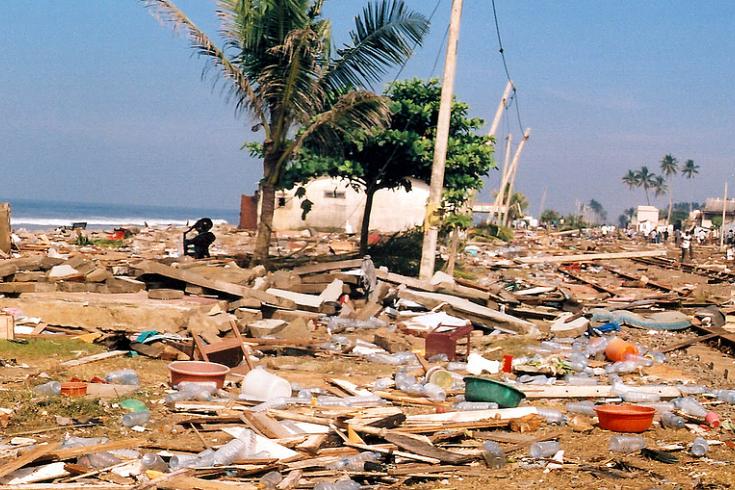
Click to learn how CTBTO data can help disaster warning efforts.
5. Do you see a risk that India and Pakistan might resume nuclear testing?
“I am convinced that Pakistan and India will not resume nuclear testing. But you need to consider the lack of mutual trust in each other in this matter. One of the points I made was that the CTBT could go a long way in building this trust.”
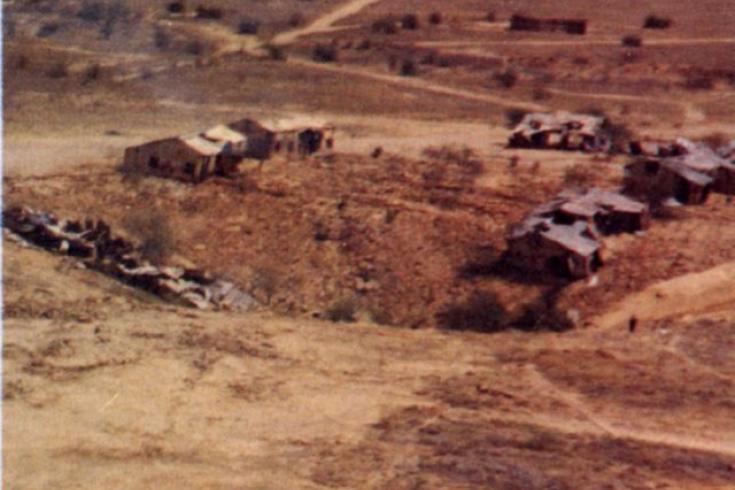
Crater from the 1998 Pokhran-II nuclear test series by India. India and Pakistan have maintained a moratorium on nuclear testing since 1998.
6. Do you see a gradual shift in India and Pakistan's stance towards the CTBT since 1996? How do you feel about the CTBT's prospects in the region in the medium to long-term?
"I feel that Pakistan’s stance towards the CTBT is more positive, whereas India has traditionally opposed CTBT resolutions at the United Nations. The CTBT question, however, needs to be seen in the context of the wider nuclear issues between the two countries. It is encouraging that scientists and media from both countries have started to engage with the CTBTO at the 2013 CTBT Science and Technology conference in Vienna and I hope that this will be the case again for the next such conference in June 2015.”
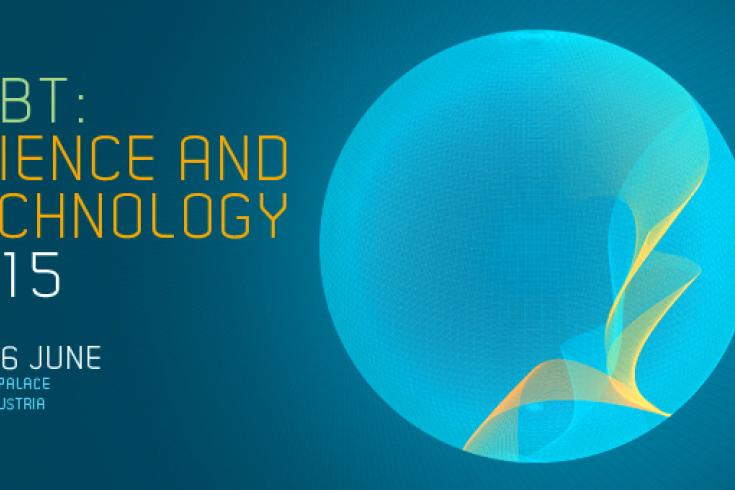
Click for SnT2015 conference webpage
7. What would you recommend to other governments who want to promote the CTBT in the region and amongst the other Annex 2 States?
“Governments have to do more to explain to both countries the importance of the CTBT for building a peaceful world and for building mutual trust that will benefit all sides – including in the field of cooperation in peaceful nuclear applications.”
19 Dec 2014
